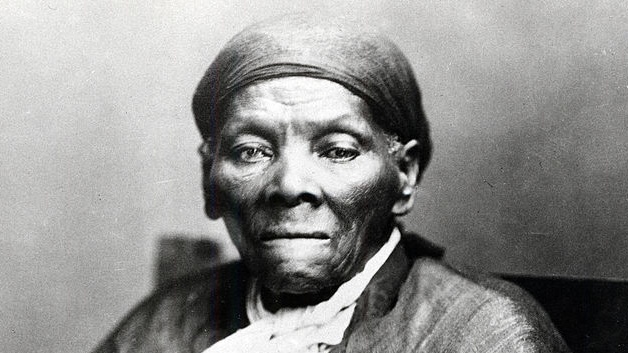Artist Jade Yasmeen is taking the center spotlight for her recent unveiling of the first hyperrealistic pictorial of abolitionist Harriet Tubman.
The Los Angeles-based artist created a 70×60 oil canvas painting of the antislavery activist making it a part of the Aku World exhibit at the Art Basel event in Miami, Florida, Because of Them We Can reports.
Entitled, "The Pain Below," Yasmeen detailed her excitement for the surreal moment in an Instagram post.
"Well. This feels unreal," she said. "I’m standing next to the first hyperrealistic portrait of Harriet Tubman in COLOR! @artbasel Miami 2021. Funny enough it also so happens to be painted by me."
Her reasoning for creating the portrait of Tubman, she said, is because it's "a way to commemorate the past."
“Our ancestry is so rich and deserves to be preserved,” the hyperrealism artist said. “That’s my goal as an artist. To continue the legacy of those that came before myself and others. This is a moment in time I’ll never forget.”
In an interview with Duchess International magazine, Yasmeen said she grew up in Tampa, Florida, watching her parents paint at their home.
In 2015, after spending two years in college in pursuit of an elementary education degree, the artist chose to detour and hone her artistic skills both creatively and professionally.
“We have the power to make anything a reality. Anyone who hones in on their innate ability to dream for something beyond their reach is capable of achieving it. It’s possible if we just muster the courage to create it,” she said, according to Duchess International.
Her concentration is giving dimensions and depth to women of color and exploring their beauty.
"I specialize in portraits, mainly highlighting the beauty in people of color or women of every background," she told the outlet. "In every single piece, I try to capture every detail, giving the painting a three-dimensional effect."
Marc Spiegler, Art Basel’s global director, told the New York Times that eligibility requirements have changed to make room for more artists of color. In 2020, the artistic platform had no galleries featuring Black artists.
“We wanted to lower the obstacles to entry — not around quality," Spiegler said, according to the Times. "But around how long you had to be in business and what the nature of your business is."
